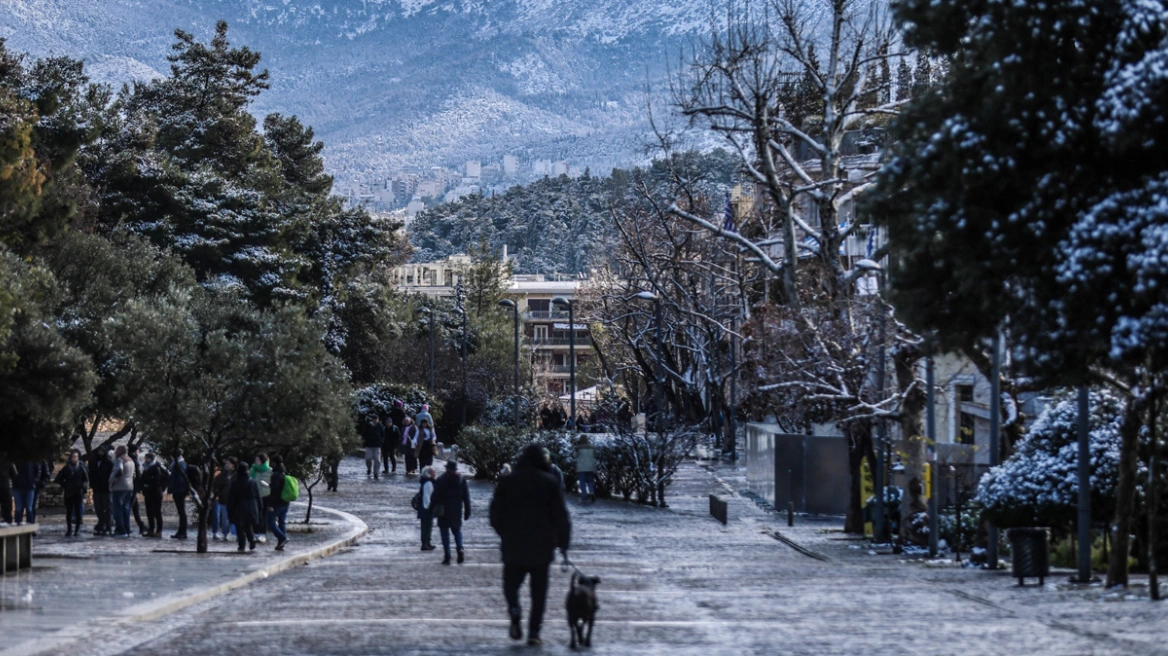November was a tough month for Ukraine on the battlefields it was the worst month in two years of war in terms of territorial losses, having lost over 1.20 square kilometers – an area equivalent to the size of New York.

According to the Institute for the Study of War (ISW), this loss is the largest monthly record since September 2022.
As the British Guardian reports in an analysis, although most of Russia’s seized areas are rural and of little strategic value, developments in Donetsk highlight the intensity of Russian efforts. In November, Russian forces gained 1,006 square kilometers in the area, recording the largest advance since May 2022.
Russia Achieves Key Victory in Ukraine War
In October, Russia captured the city of Vuhledar, which had withstood repeated assaults since the war’s outset. This was followed by advances toward Pokrovsk, seizing towns like Novohrodivka, previously home to 15,000 residents.
In the north, Russian forces secured the towns of Pivnichne and Zalizne, advancing toward Toretsk. In Luhansk, Russia now controls 98.6% of the region, while in Kharkiv, 392 square kilometers have been taken this year. Fighting has resumed in Kupiansk after months of calm, highlighting Russia’s continued pressure on Ukrainian fronts.
Strategic and Symbolic Losses
Although much of the land seized is agricultural, Ukraine’s losses carry significant strategic and symbolic weight. According to George Barros of ISW, while Russia has not fundamentally disrupted Ukraine’s defensive positions, the human toll is immense, with estimates of 30,000 to 50,000 Russian casualties (killed or wounded) monthly, a rate deemed unsustainable long-term.
Ukraine’s Challenges and Response
Ukraine strives to hold its positions amid mounting pressure. Vadim, a frontline soldier, emphasized, “The key is not to capture territory but to hold it.” Yet Ukraine has already lost 40% of the territory it reclaimed in the Kursk region in August. Western nations have allowed Kyiv to use long-range weapons like Atacms and Storm Shadow missiles to counter Russian offensives.
Despite technological support, Ukrainian morale appears to be waning. Barros notes that soldiers are more concerned about their families and rest than missile effectiveness.
Global Concerns
The war continues to alarm the international community. Dr. Marina Miron from King’s College London warns that Russia aims to stretch Ukraine’s forces thin by attacking multiple fronts, potentially leading to a collapse south of Vuhledar. She highlights the risks posed by declining Western support, U.S. elections, and a possible return of Donald Trump, which adds uncertainty to Ukraine’s future.
Outlook on the Conflict
According to ISW, Russia now controls the majority of the four regions annexed in 2022: Luhansk, Kherson, Zaporizhzhia, and Donetsk. Recent successes, especially in Donetsk, have solidified Russia’s foothold.
Analysts stress that Ukraine faces critical military and political challenges. Maintaining its defensive lines ahead of potential 2025 negotiations and securing continued Western aid remain pivotal. As Serhii Kuzan of Ukraine’s Security Center states, “Every day the Kursk front holds is a victory for Ukraine.”
Ask me anything
Explore related questions





